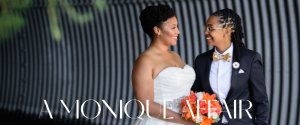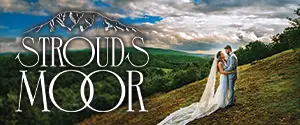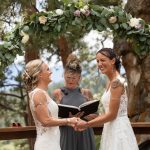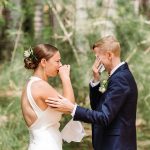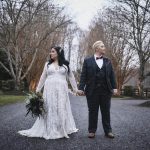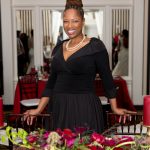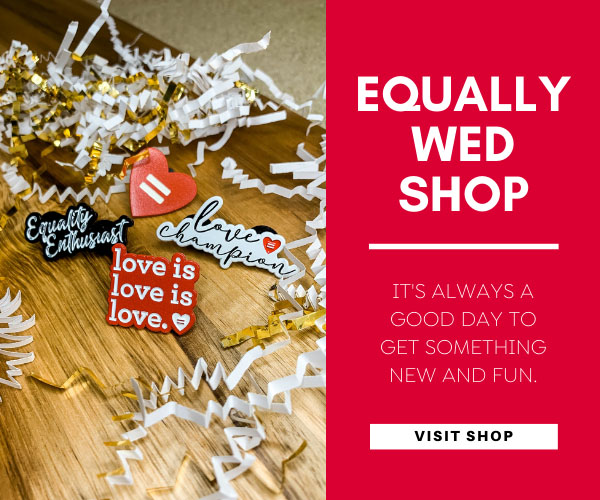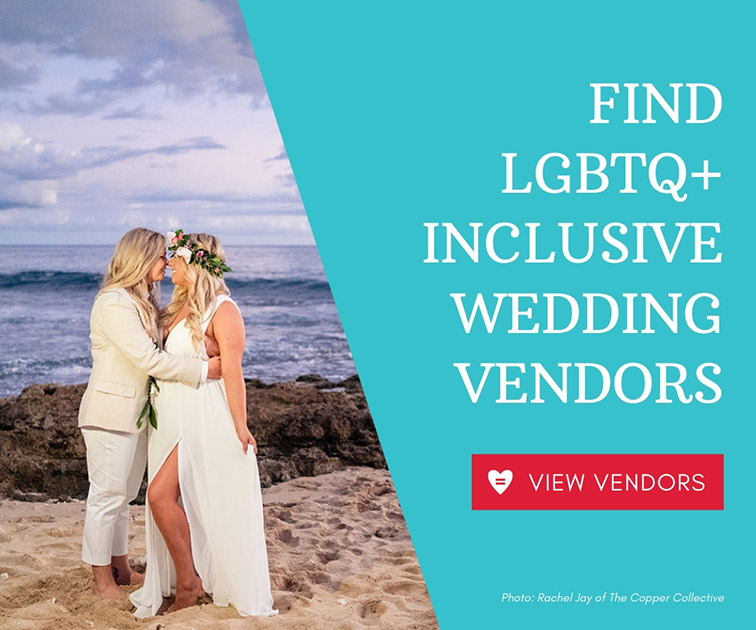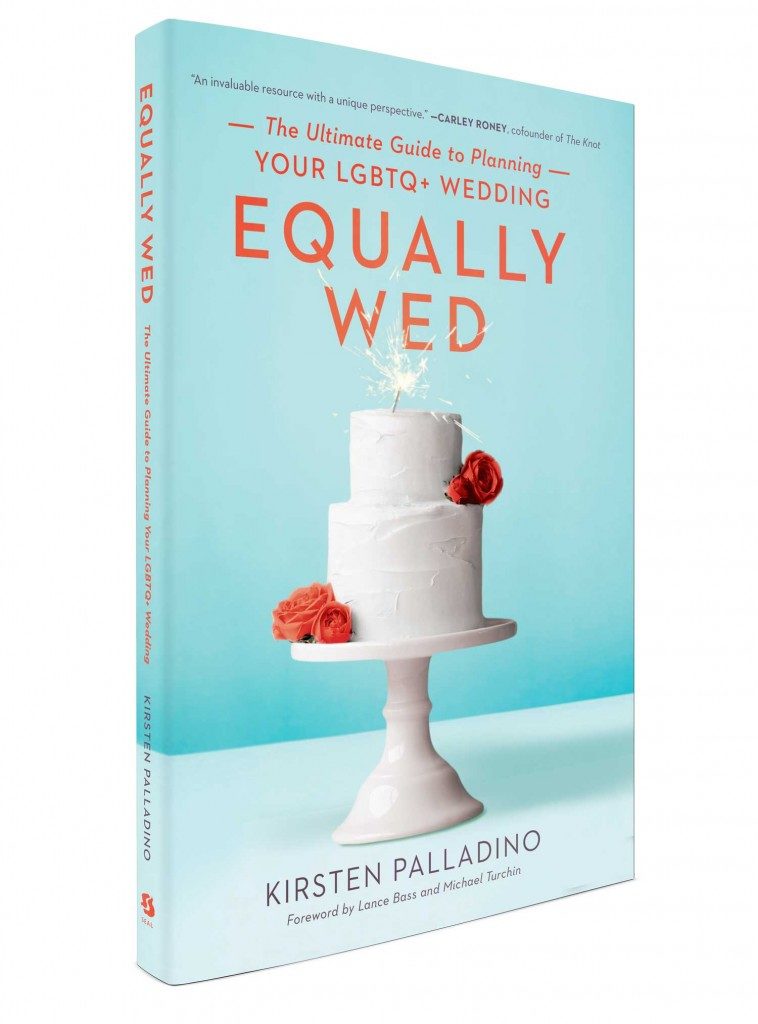Vows that Wow
The Ministerman, New Jersey’s hottest reverend, tells it straight about how to create vows that will make your significant other swoon.
By Patti Zielinski
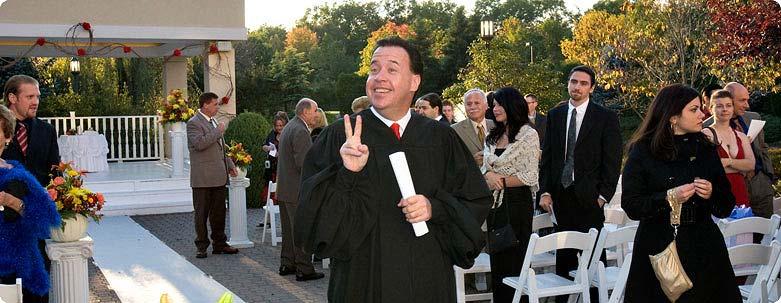
John Graf, New Jersey’s Ministerman
Photo courtesy of John Graf
What is it about writing wedding vows that makes even the most eloquent of us get writers’ block? Perhaps it’s the finality of the moment, the fact that once the words are on paper and committed to memory that they are the end-all-be-all expression of your love for one another.
Well, get over it. While you are writing your vows to be said in front of an audience that loves you, your words are not meant for them. They are written for your significant other—and he or she will cherish whatever you say, as long as it is from the heart.
“The biggest mistake couples make when considering their vows is to say to their minister, ‘We’re going to leave it in your hands; just write it for us,” says Rev. John Graf Jr., a minister in New Jersey who marries hundreds of couples annually, many of them in same-sex unions. “I don’t let the couples off the hook. I don’t do ‘Do you? Do you? Do you?’ weddings. I tell the couple, “Unless you’ve got Tourette’s, you’re not getting off the hook. I drive them to be more personal.”
And Graf, who goes by the moniker “The Ministerman” and who was named by The Knot as New Jersey’s No. 1 minister is a master at inspiring couples on creating vows that ring true and resonate. According to Graf, there are three avenues you can take. “There’s the read-and-repeat, where I say, ‘I, Mary, take you, Josephine…’ and you repeat my words; the ‘cop-out’ vows, where I read the vows and the couple just says, ‘I do’; and the personalized approach, where the couples write their own vows and then talk to each other. These are more personal; they are from the heart.”
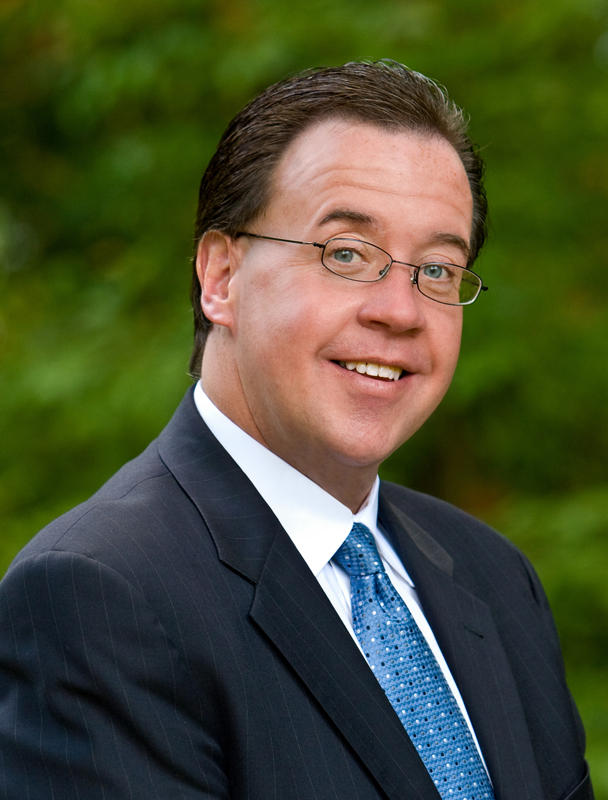 When Graf meets with couples, the first thing he does is discern who is part of the ceremony. “It’s important to know where the family, especially the parents, stand in the union,” he says. “You should take into consideration who is supportive and who might be less so. From there, we set the comfort level, which will inform the tone and set the mood.”
When Graf meets with couples, the first thing he does is discern who is part of the ceremony. “It’s important to know where the family, especially the parents, stand in the union,” he says. “You should take into consideration who is supportive and who might be less so. From there, we set the comfort level, which will inform the tone and set the mood.”
Though some same-sex couples go the basic route of “To have and to hold, for richer or for poorer,” the main difference between a traditional wedding and a same-sex union is the terminology for the couples: Graf advises same-sex couples to use the expression “I take you as my partner in life” instead of “husband” and “wife.”
Graf, who has been marrying couples for more than a decade, says it’s the same-sex couples who inspire him most with their vows. “I find gay and lesbian couples are more creative in their thought process,” he says. He notes that the vows are very diverse. “The opening greetings can talk about their life and how they got together. I’ve had couples who are musicians get as creative as sing their vows to one another; others read lyrics. Sometimes they recite the first card they ever gave to one another, and the vows come from that. There’s just something about those first words they wrote to each other.”
In the end, Graf says, there is no right and no wrong, whether the vows are one line or 32 lines. “My philosophy is: ‘Your wedding, your way,’” he says. “I can guide you and help you create, but it’s ultimately what you want—just create the ceremony you have always dreamed of.”
|
Pages from The Ministerman’s Notebook
Here are some vows—traditional as well as inspirational—to put you on your own unique path: Religious Vows, Speaking to One Another What do you give each other as a symbol of this pledge? Josephine, I give you this ring as a symbol of my love, and that I am choosing to share my life’s journey with you. [Couple joins their hands together for the Blessing of the Rings. Minister recites:] Read and Repeat [Minister] Marco, please place this ring on Adam’s left hand and repeat after me: Read and Repeat Therese, I join my life to yours, Recitation of Poem |






